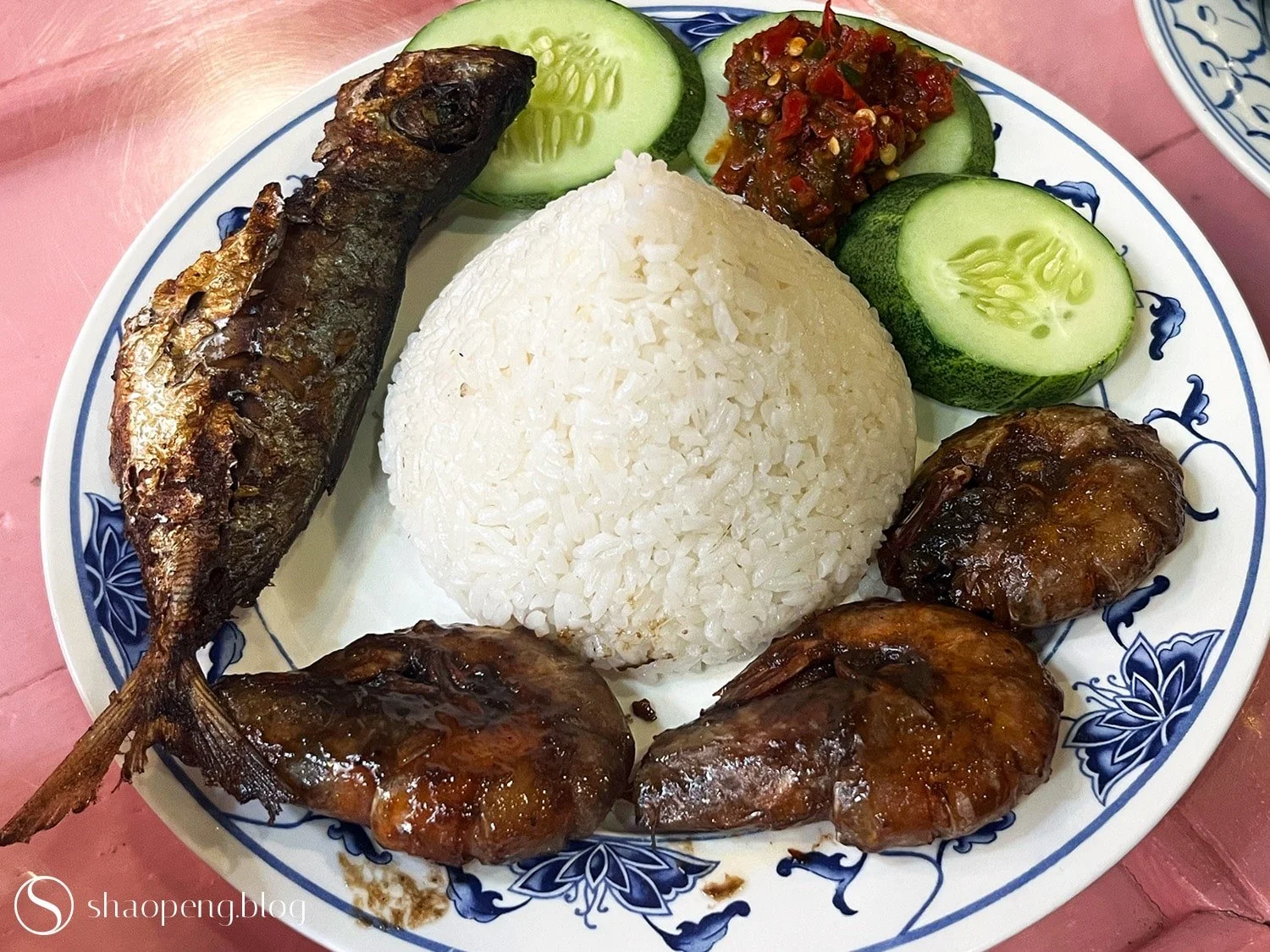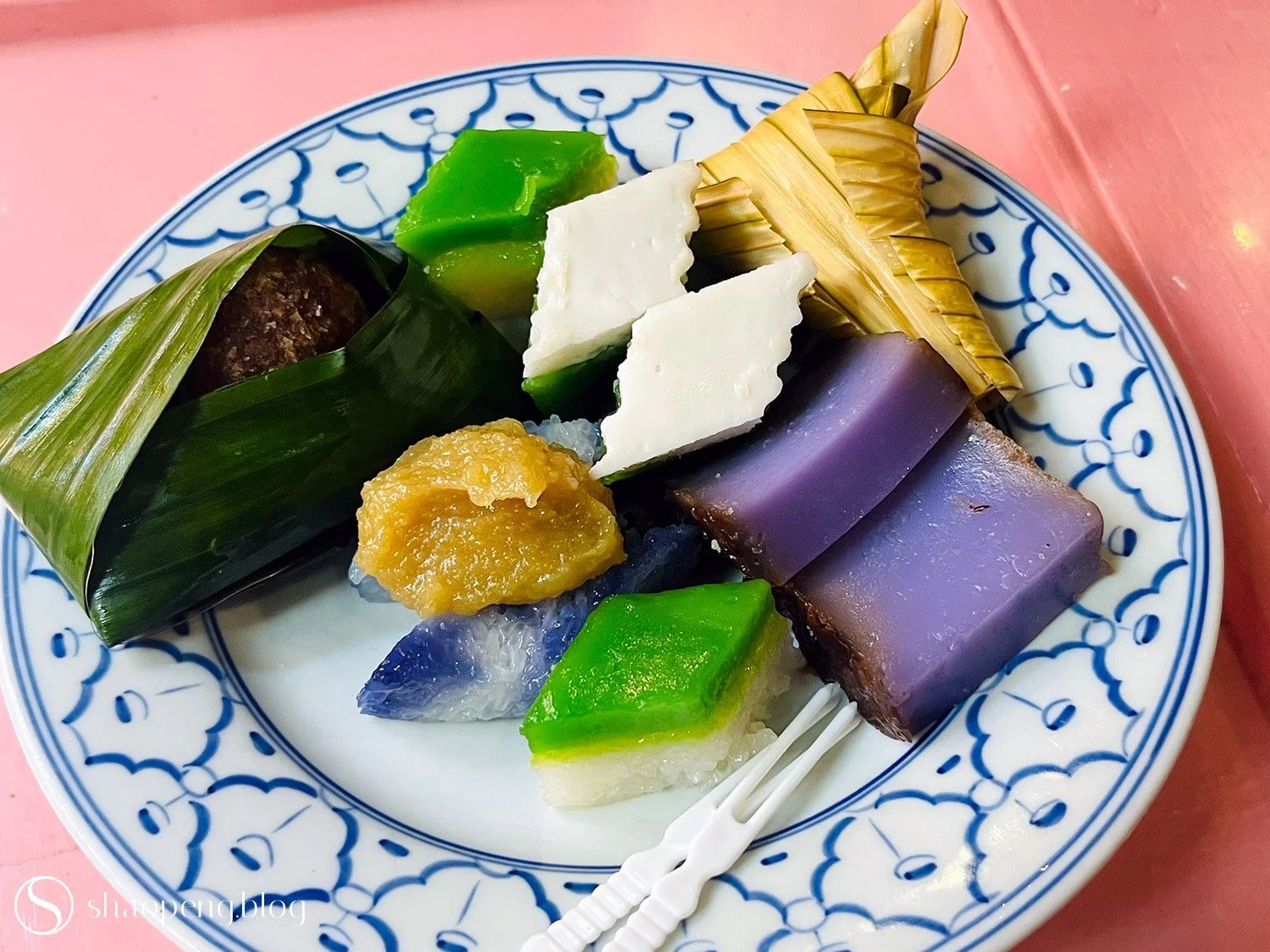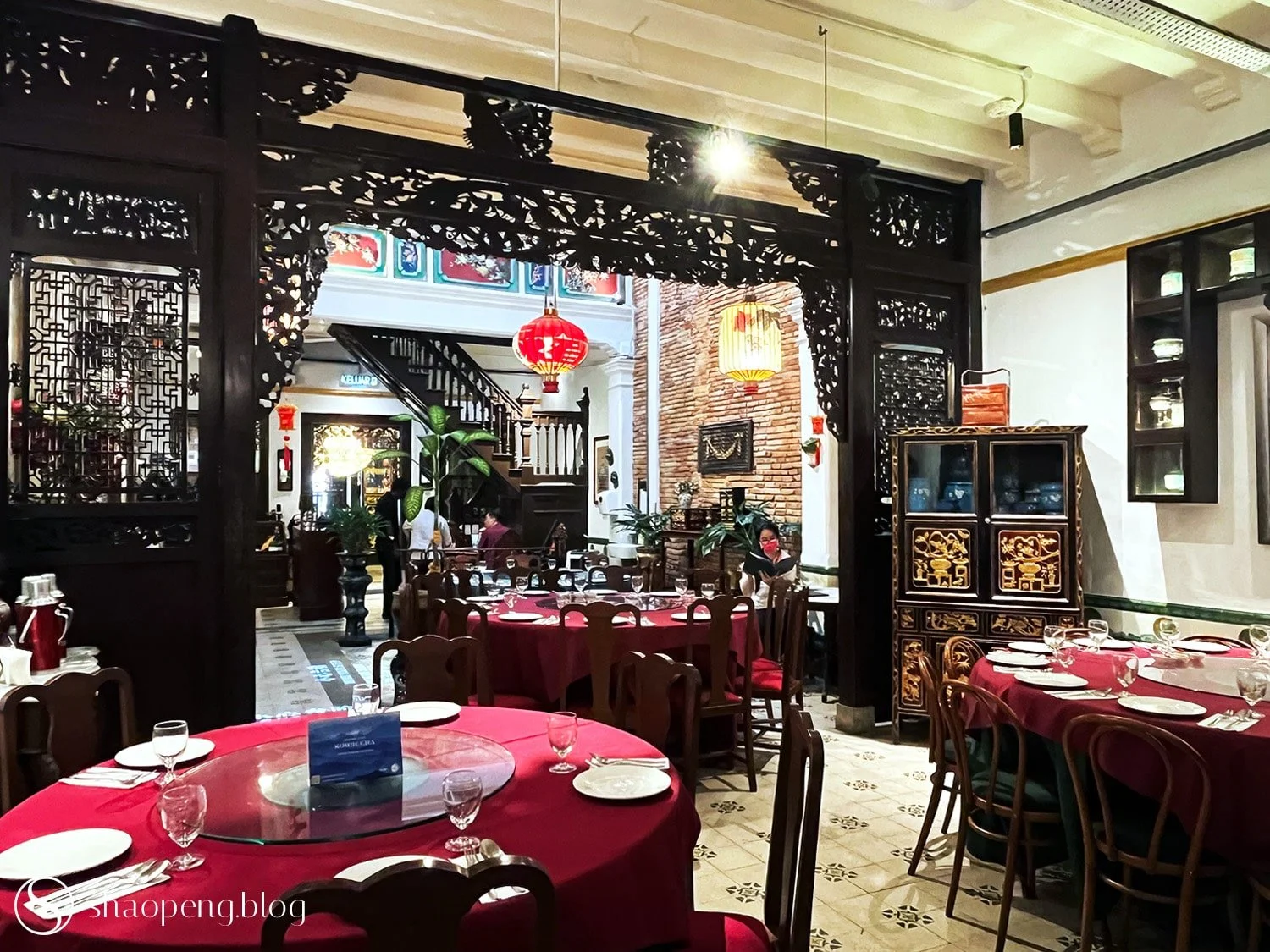Wander in Malaysia: A Taste of Peranakan Cuisine
To truly experience Malaysia’s Peranakan culture, you have to taste its food — because without the flavours, you’re missing half the story.
Sense of Wander: ★★★★☆
Peranakan cuisine enriches Malaysia’s culinary heritage, beautifully captured in a panel showcasing over 100 traditional Malay dishes in miniature form. This display is part of the Citra Budaya & Warisan Melaka Dalam Seni Miniatur exhibition at the History and Ethnography Museum in Malacca.
MALACCA, Malaysia — In 2008, the historic centres of Melaka and George Town were inscribed as UNESCO World Heritage Sites. Once vital ports along the maritime trade route, they drew people from far and wide — Malays, Chinese, Indians, Arabs, and Europeans — each leaving traces that still linger in the architecture, traditions, faiths, languages, and above all, the food.
Amid this mosaic of influences, Peranakan cuisine, also known as Nyonya cuisine, holds a special place. Born from the blending of Chinese and Malay heritage, it carries a story that reaches back to the 15th century, when Chinese settlers made homes here and married into local Malay communities. Out of that union came a culture all its own, one that is still very much alive in the streets of Malacca and George Town, where food remains its heartbeat.
Peranakan cooking is celebrated for its bold, aromatic flavours, steeped in the fragrance of herbs and spices. Dishes such as laksa (the fiery noodle soup), ayam buah keluak (chicken braised with black nuts), and the jewel-like kueh, carry with them stories of migration and the longing for homes never to be returned to.
As a pescatarian in Malaysia, I couldn’t taste classics such as ayam buah keluak or babi pongteh (braised pork). Still, I found joy in dishes that suited my diet. Those who have read Wander in Malaysia: Falling in Love with Breakfast will know that I spent most of my time at mamak stalls — eateries shaped by Indian Muslim and Pakistani traditions — while Peranakan food, with its Chinese roots, felt familiar to me. Yet the few times I did sit down to a Peranakan meal remain vivid, and it is those moments I return to here.
Nasi Lemak with Assam Fish
Nasi Lemak (coconut rice) served with savoury assam fish and prawns.
While nasi lemak is not a Peranakan dish but one of Malay origin, it happened to be among the first I tried inside a Peranakan restaurant in George Town, Penang.
The dish features coconut rice — fluffy grains cooked in coconut milk (santan) and infused with the fragrance of pandan leaves, giving it a rich, creamy aroma. Though not traditionally Peranakan, coconut rice often appears alongside Peranakan specialties such as ayam buah keluak or sambal udang (prawns in spicy sambal).
My plate of nasi lemak was served with assam fish and assam prawns, both carrying that delicate balance of savoury, sweet, and herbal notes — tangy yet comforting at once. Assam dishes are known for their bold, aromatic flavour, drawn from tamarind (assam), which lends it a refreshing sourness rounded by spice and depth.
The plate was completed with sambal belacan, a fiery relish of chilies, shrimp paste, and lime juice, along with some cucumber slices. I must admit — I barely touched the sambal, as its heat was more than I could manage.
Wanderer’s tips — For a taste of nasi lemak paired with assam fish, seek out Moh Teng Pheow Nyonya Koay in George Town, Penang.
Nyonya Laksa
Nyonya Laksa is a flavorful and hearty rice noodle soup that embodies the essence of Peranakan cuisine.
I had my first Nyonya laksa at Moh Teng Pheow Nyonya Koay, a hearty, aromatic noodle soup that embodies the rich spice heritage of the region. The version I tried featured a sour, tamarind-based broth with fish, garnished with lettuce, bean sprouts, and fresh herbs. The broth itself was fragrant, infused with lemongrass, chili, and garlic, creating a savoury profile. What surprised me most was the addition of pineapple, which lent a bright, refreshing note to the experience.
I also tried the Nyonya laksa at Penang Road Famous Laksa, a hawker stall recommended by the Michelin Guide. While I personally preferred the laksa at Moh Teng Pheow Nyonya Koay, the Penang Road stall serves what I consider some of the best char koay teow in Malaysia.
In Malacca, I also tried the laksa at Wild Coriander Melaka. Their signature bowl featured rice noodles in a creamy, spiced broth with more coconut milk than the versions I had in George Town, accompanied by prawns, tofu puffs, fish balls, half a boiled egg, shredded cucumber, and sambal. While rich, this laksa reminded me more of the continental-style versions I’ve had outside Malaysia and felt less distinctive in character.
Wanderer’s tips — If you’re in George Town, don’t miss Moh Teng Pheow Nyonya Koay for a truly flavourful Nyonya laksa.
Otah-Otah
Otah-Otah served at Wild Coriander Melaka in Malacca.
Otah-Otah, also known as Otak-Otak, is a beloved Southeast Asian delicacy: ground fish blended with spices and herbs, wrapped in banana leaves, and grilled or steamed to aromatic perfection.
Its origins trace back to Malay and Peranakan communities, with touches of Indonesian influence — a culinary fusion of Malay and Chinese flavours that has evolved over generations.
I had been wanting to try Otah-Otah when I visited Singapore, but never quite got the chance. So when I spotted it on a menu in Malaysia, I knew it was something I couldn’t miss.
The dish arrived, fragrant and inviting, yet the flavours struck me as surprisingly familiar. While infused with aromatic spices and herbs, the fish cake didn’t feel very different from the ones I grew up with. The banana leaf wrapping, which is said to lend a unique aroma, was faint — almost overshadowed by the fish’s natural “fishiness.” Perhaps next time, tasting Otah-Otah prepared by a different chef, I’ll discover the magic that has made it a regional favourite.
Wanderer’s tips — Otah-Otah can be found at most Peranakan restaurants across Malaysia. I tried mine at Wild Coriander Melaka in Malacca.
Nyonya Chap Chye
Nyonya Chap Chye (top left) is a healthy dish packed with a variety of nutritious vegetables.
For vegetarians, don’t miss Nyonya Chap Chye, or Nyonya-style mixed vegetables. Chap Chye is a classic Peranakan dish that marries the flavours of Chinese and Malay culinary traditions.
This hearty, vegetable-based stew features a medley of mushrooms, black fungus, cabbage, carrots, and bean curd, slow-cooked in a savoury, slightly sweet broth. Dried shrimp, glass noodles, and sometimes a hint of chili add depth and complexity to the dish.
Personally, Chap Chye felt like one of the most Chinese dishes in Peranakan cuisine. While it didn’t surprise my palate, it provided a nutritious boost to a travel diet, which often lacks vegetables, and is well worth trying for anyone new to Chinese or Peranakan cuisine.
Wanderer’s tips — Chap Chye can be found at most Peranakan restaurants across Malaysia. For a memorable dining experience, I recommend visiting the Peranakan Mansion in Malacca.
Kueh
Nyonya kueh is a type of traditional sweet or cake, typically made by the Nyonya (female) members of the Peranakan community.
There’s perhaps no other dish like kueh (or kuih) that carries such deep cultural significance in Peranakan life, serving as both a culinary expression and a symbol of heritage. These bite-sized snacks or desserts, crafted from ingredients like rice flour, coconut, and sugar, are celebrated for their bold colours and flavours.
Kueh holds a special place in Peranakan traditions, appearing during festivals, celebrations, and important life events. In the Peranakan community, knowing how to make kueh is more than a culinary skill — it’s a rite of passage for women. Traditionally, a woman’s ability to craft these delicate, intricately prepared sweets — alongside mastering glass-bead embroidery — reflected her patience, skill, and readiness for marriage.
Amid the kaleidoscopic, jewel-like kueh, my favourite is kueh bingka, a rice cake whose purple hue comes from butterfly pea. I particularly enjoy the caramelised flavour on the top and bottom of the cake. Another gem is pulut inti — sticky, moist glutinous rice topped with a sweet coconut filling (inti) that is fried to perfection, all beautifully wrapped in banana leaf.
Amid the kaleidoscopic, jewel-like kueh, my favourite is kueh bingka, a rice cake whose purple hue comes from butterfly pea. I particularly enjoy the caramelised flavour on its top and bottom. Another gem is pulut inti — sticky, moist glutinous rice topped with a sweet coconut filling (inti) that is fried to perfection, all beautifully wrapped in banana leaf.
For someone like me who tends to avoid gluten, kueh is a perfect go-to dessert.
Wanderer’s tips — My favourite spot for Peranakan kueh is Moh Teng Pheow Nyonya Koay in George Town, Penang, which offers a delightful variety of traditional sweets and drinks.
The interior of the Peranakan Mansion in Malacca allows you to immerse in the daily life of Peranakan culture, all while savouring their rich culinary traditions.







